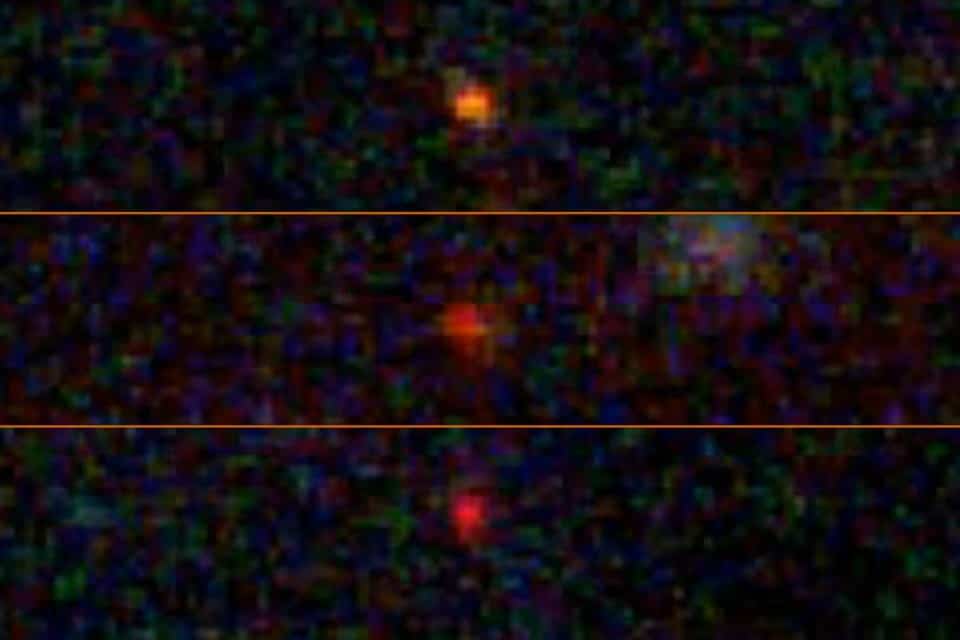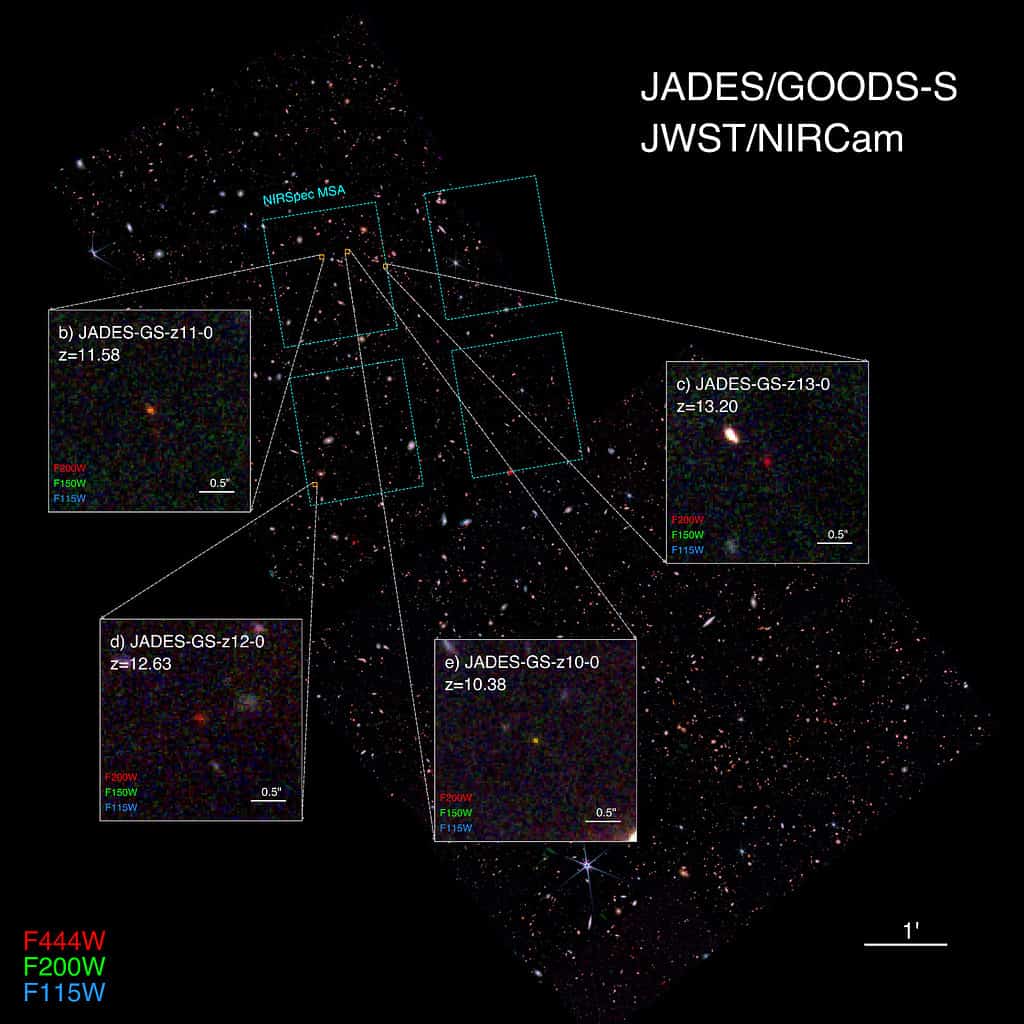Over the past fifteen years, scientists have been actively searching for mysterious stars powered by dark matter, unlike the atom fusion seen in our Sun and other ordinary stars. Until now, this astronomical phenomenon has only been a theoretical curiosity, piquing the interest of scientists. However, now with the help of the James Webb Space Telescope (JWST), the long-awaited discovery of dark stars could have finally been made.
What is a dark star?

Three intriguing candidates were found in 2021 and initially considered early galaxies. But further investigation raises the possibility that these objects could actually be enormous dark stars. In 2008, Katherine Freese, a theoretical astrophysicist at the University of Texas at Austin and senior author of the new research, first proposed the existence of dark stars, appropriately naming them after the timeless 1960s Grateful Dead song “Dark Star.”
Gravitational effects on a galactic scale have been used to infer the existence of dark matter, an invisible material since it does not produce or directly interact with light. For example, the observed rotational speeds of galaxies can only be explained if dark matter — thought to make 85% of the universe’s total matter — actually exists.
These newly-identified hypothetical dark stars would rely heavily on this ethereal material, despite only making up 0.1% of their total mass.
Dark matter would be their engine.
Stars brighter than entire galaxies
Hydrogen and helium, the two fundamental elements that permeated the cosmos in its infancy, are considered the primary building blocks of these dark stars. But what makes them exceptional is their power source: dark matter that destroys itself.
Since they remain cool (without a central hot core), there is no fusion inside dark stars. Instead, dark matter annihilations happen throughout their volume, but with a concentration of dark matter in a dense core. This dense core can then heat up the surrounding gas and cause it to expand, leading to the formation of a puffy envelope around the core.
Dark matter’s potential role in fueling these dark stars is monumental, even though it does not directly interact with light and is thus invisible to our current observational tools.
If real, dark stars could have masses a million times that of our Sun and luminosities at least a billion times brighter. These gigantic entities could be as much as 10 times the distance of Earth from the Sun in size. Further research with the JWST will be needed to find out for sure.
After the Big Bang, dark stars would have been much cooler than the first generation of regular stars that lit up the early universe through nuclear fusion. Ordinary stars helped form planets and other astronomical objects but also forged elements heavier than hydrogen and helium.

One of the three dark star candidates may have formed only 330 million years after the Big Bang, thought to have occurred 13.8 billion years ago. The other two objects are from 370 million years and 400 million years after the Universe’s beginning.
The standard model for the formation and evolution of the universe has so far explained a wide range of observations, including the cosmic microwave background radiation, the large-scale structure of the universe, and the distribution of galaxies.
But the spectra of these three objects from the early cosmos are extremely redshifted, which offers only two possible explanations. One is that they are galaxies containing millions of ordinary stars. The other is that they are dark stars. That’s because just one dark star could produce enough light to compete with an entire galaxy.
Although the authors of the new paper argue that their theory provides a better match to JWST data, they aren’t convinced that dark stars actually exist. It’s more likely that the Standard Model is flawed than that dark stars exist.
“It’s more likely that something within the Standard Model needs tuning, because proposing something entirely new, as we did, is always less probable,” Freese said in a press release
“But if some of these objects that look like early galaxies are actually dark stars, the simulations of galaxy formation agree better with observations.”
Researchers believe dark stars may have formed more easily in the early universe due to the high concentrations of dark matter. Now such circumstances are uncommon, increasing the mystery surrounding these cosmic puzzles.
“It would be really super exciting to find a new type of star with a new kind of heat source,” Freese told Reuters. “It might lead to the first dark matter particles being detected. And then you can learn about the properties of dark matter particles by studying a variety of dark stars of different masses.”
The findings were published in the journal Proceedings of the National Academy of Sciences.


